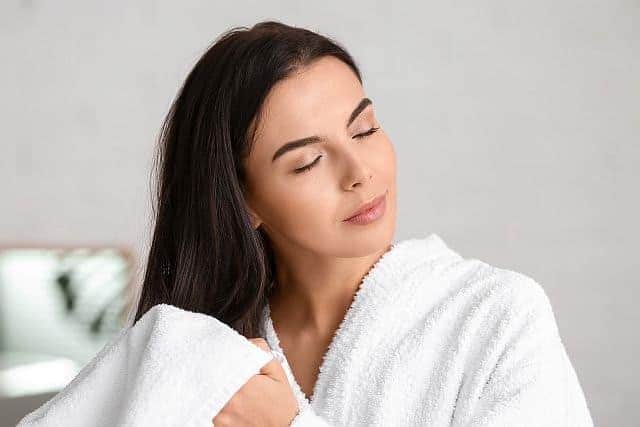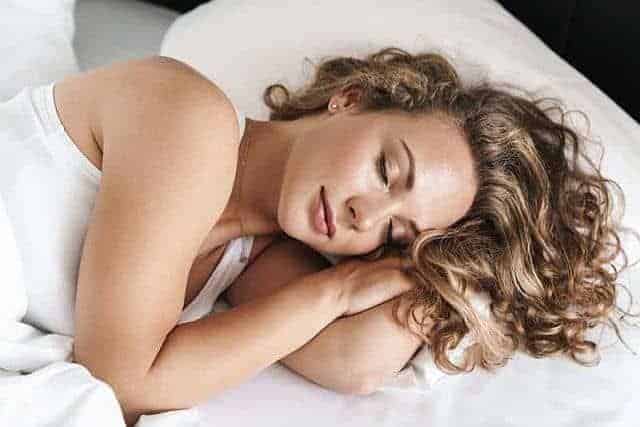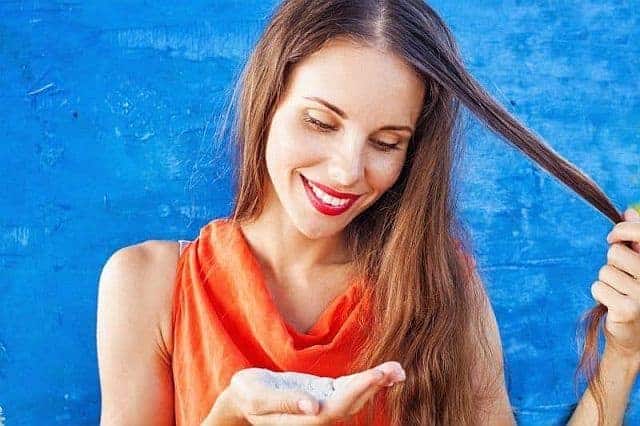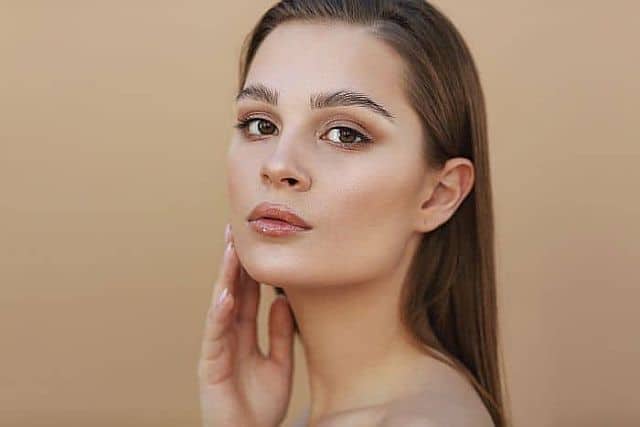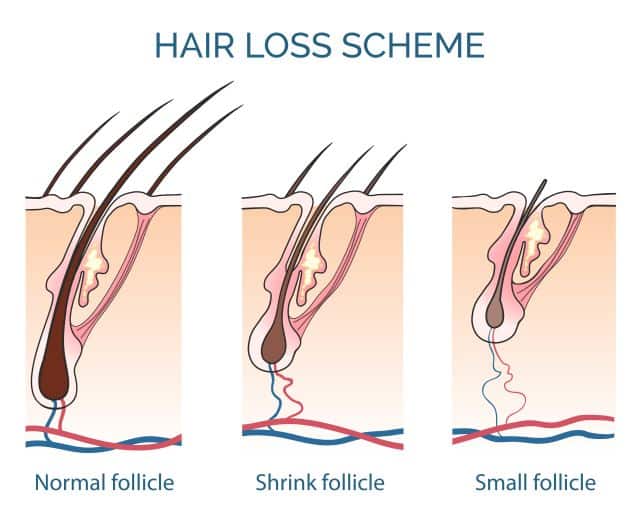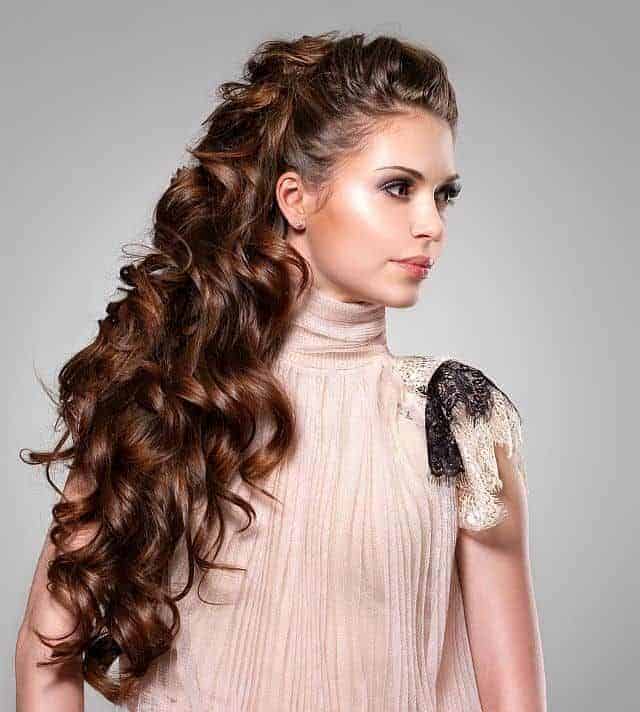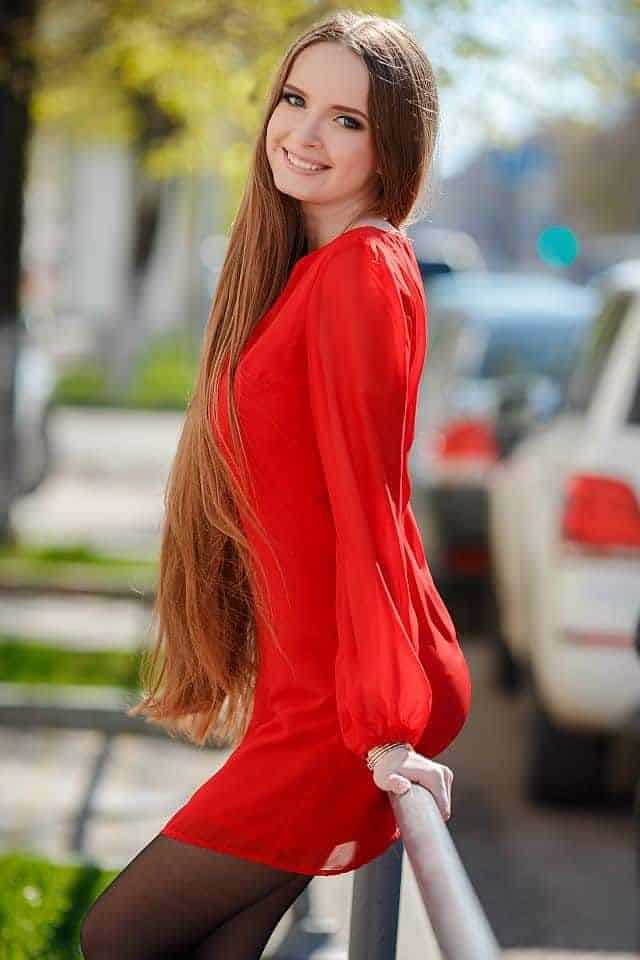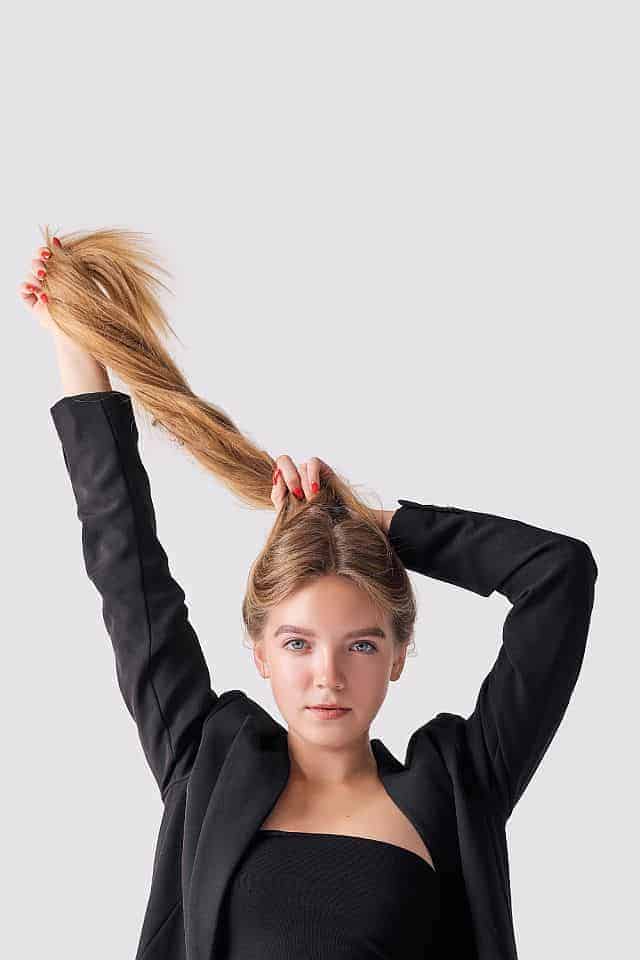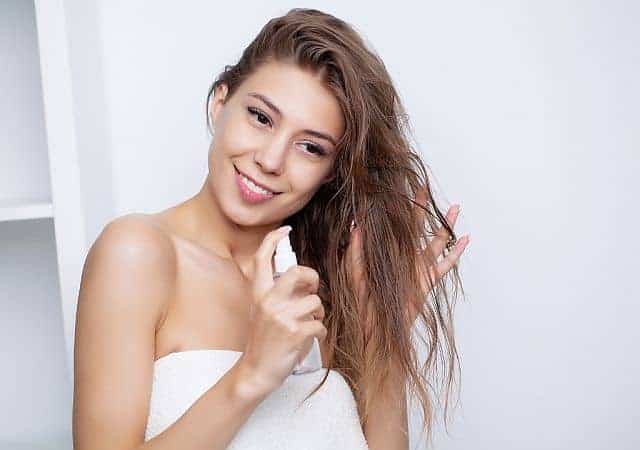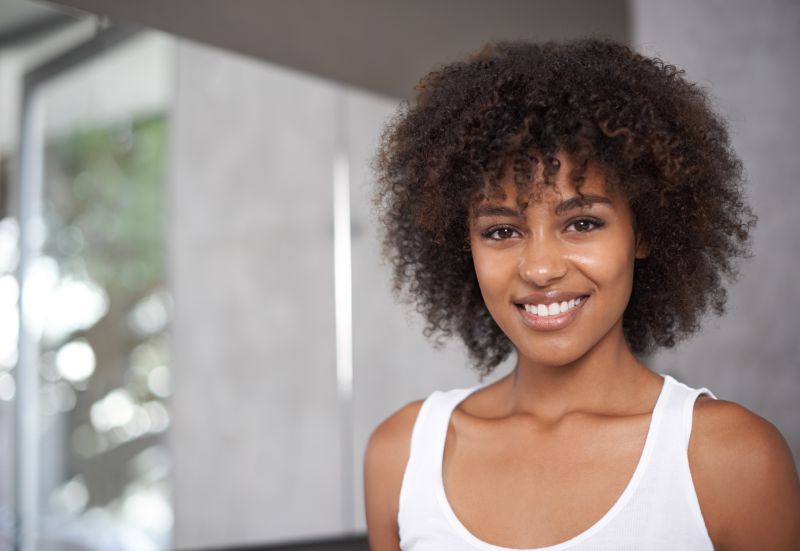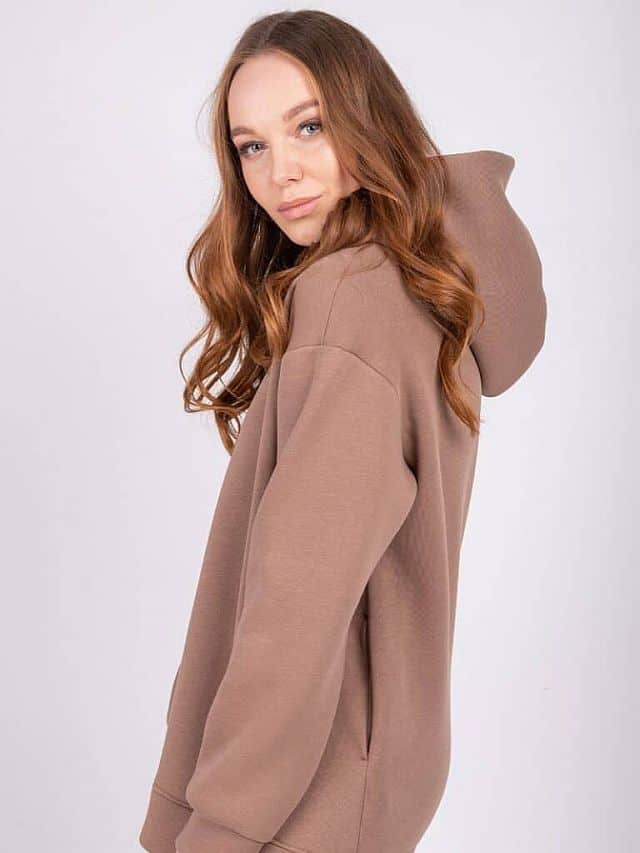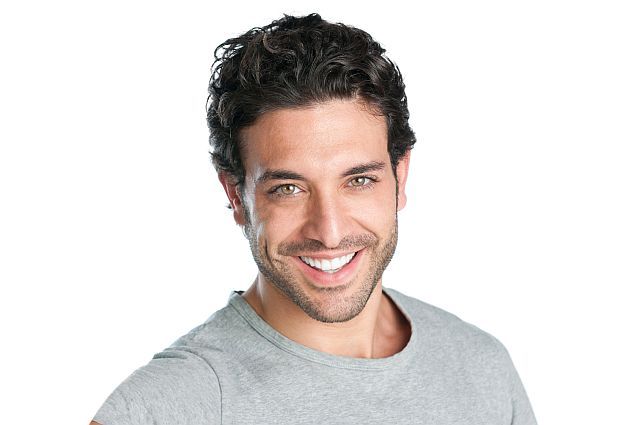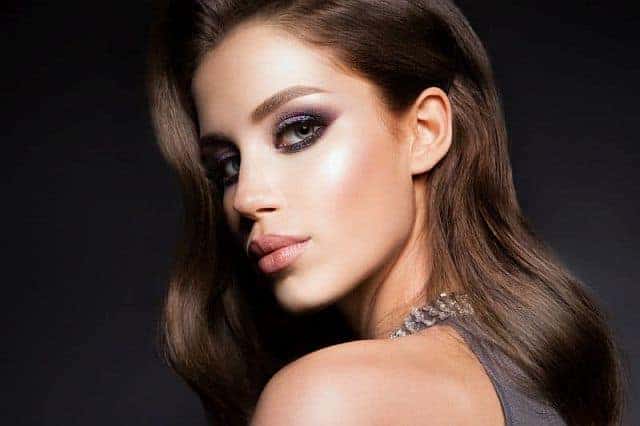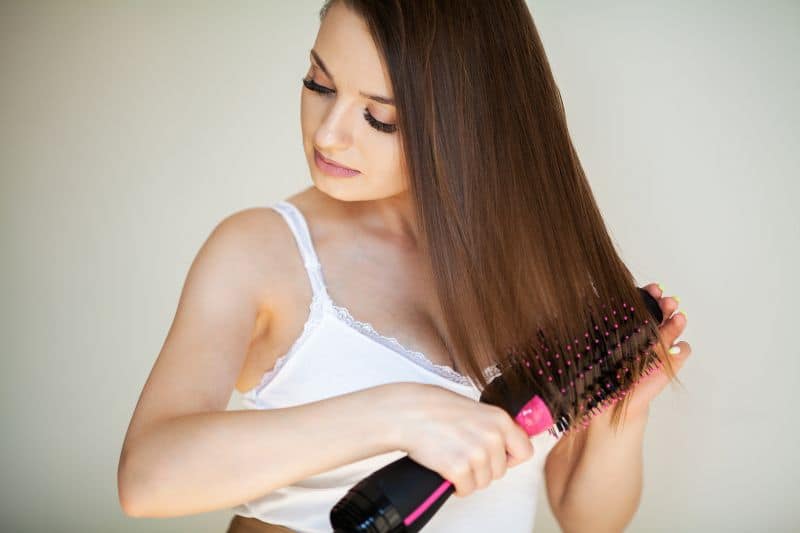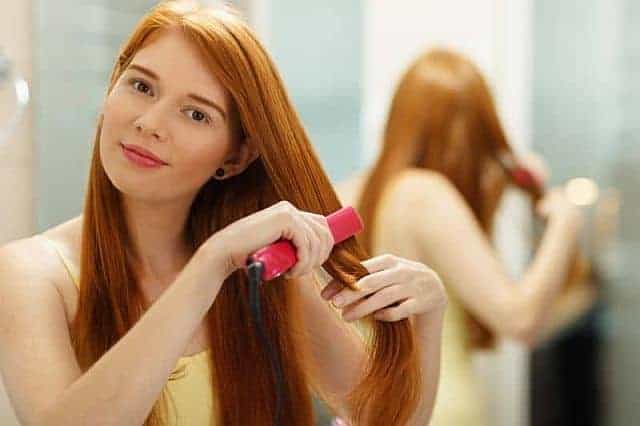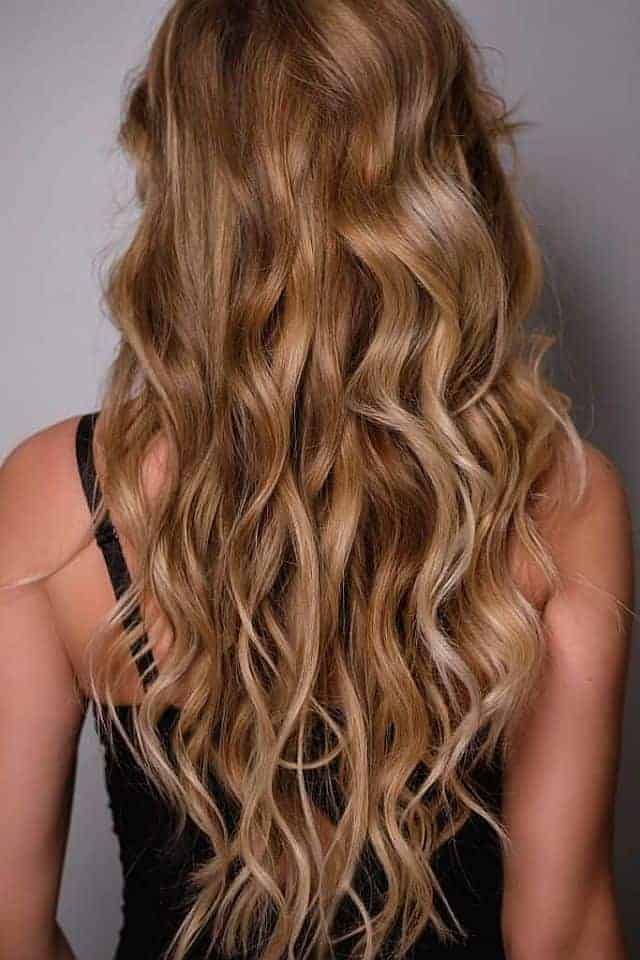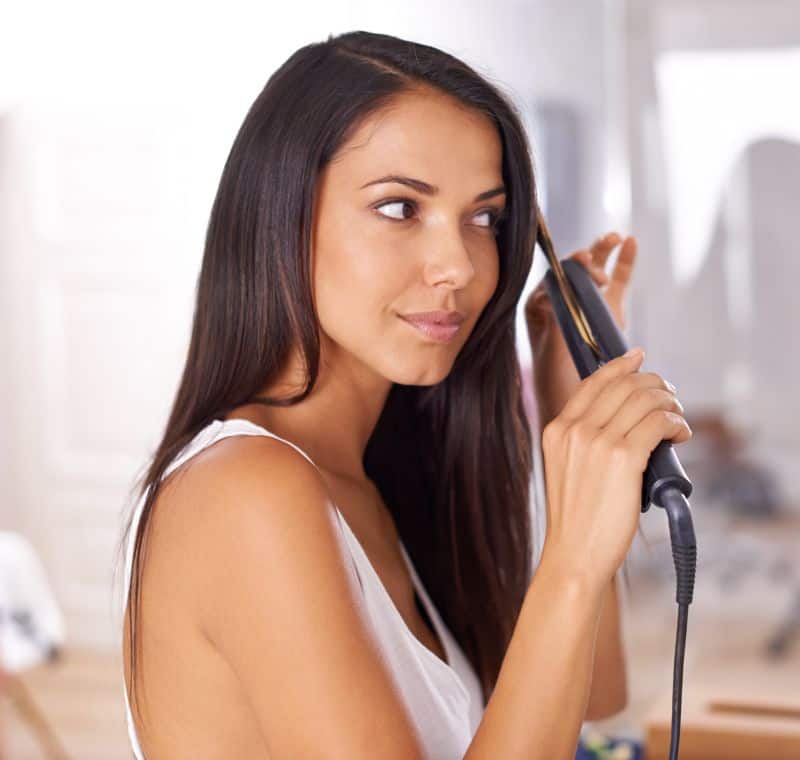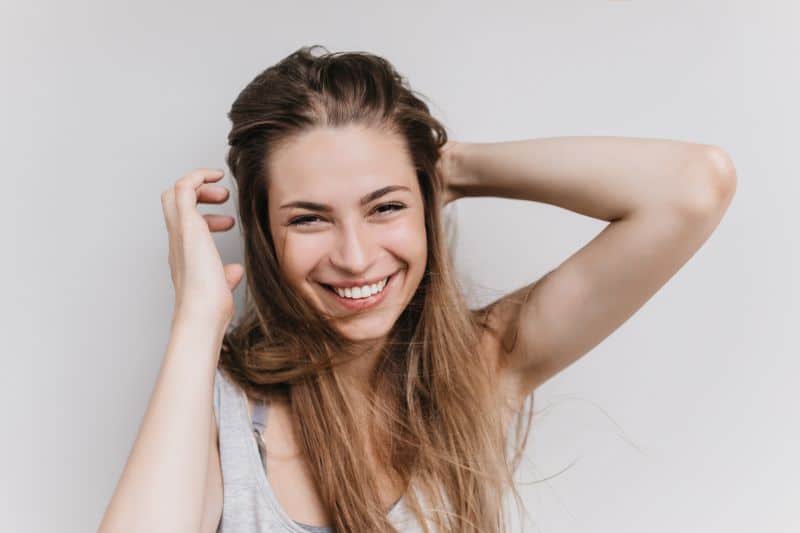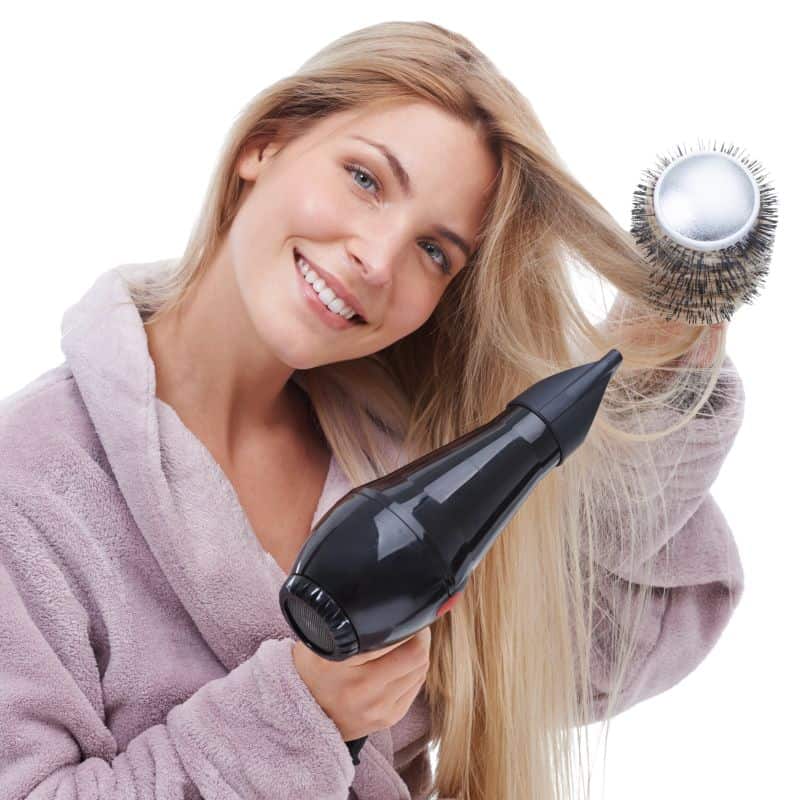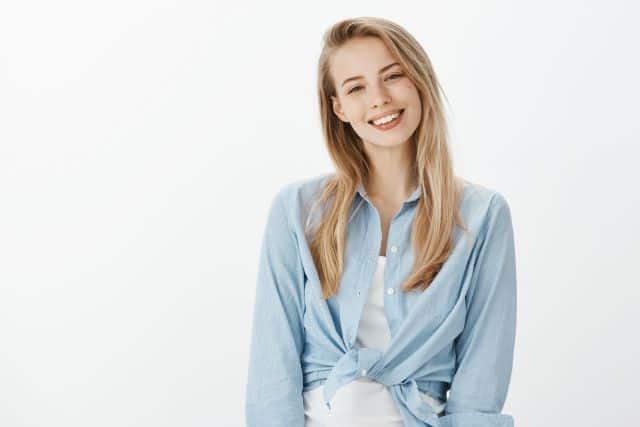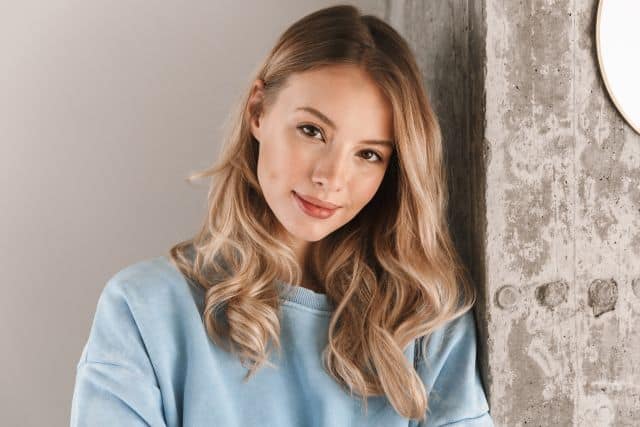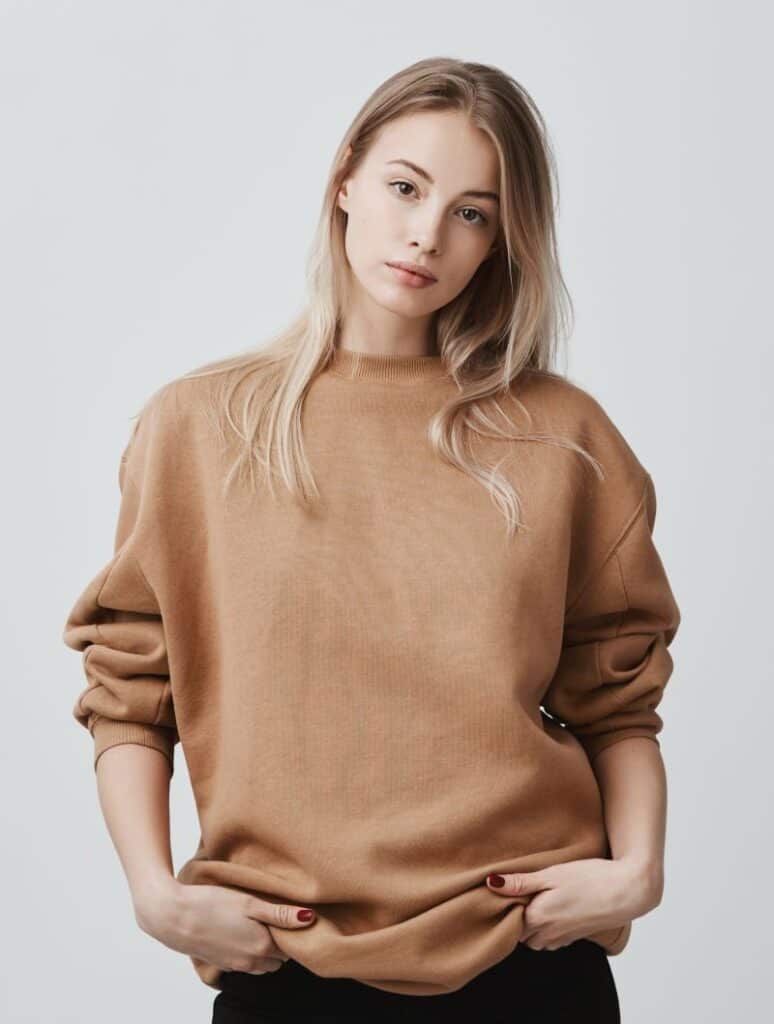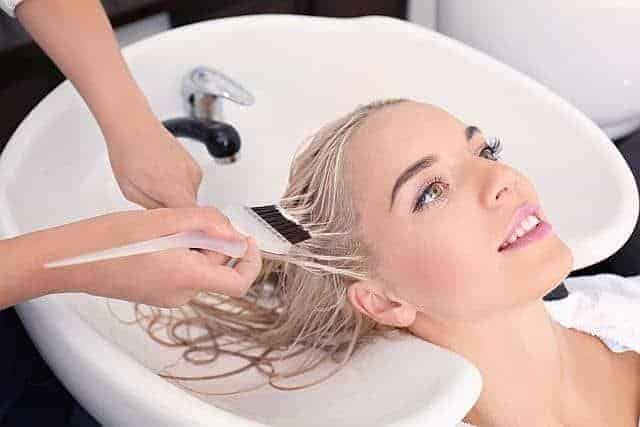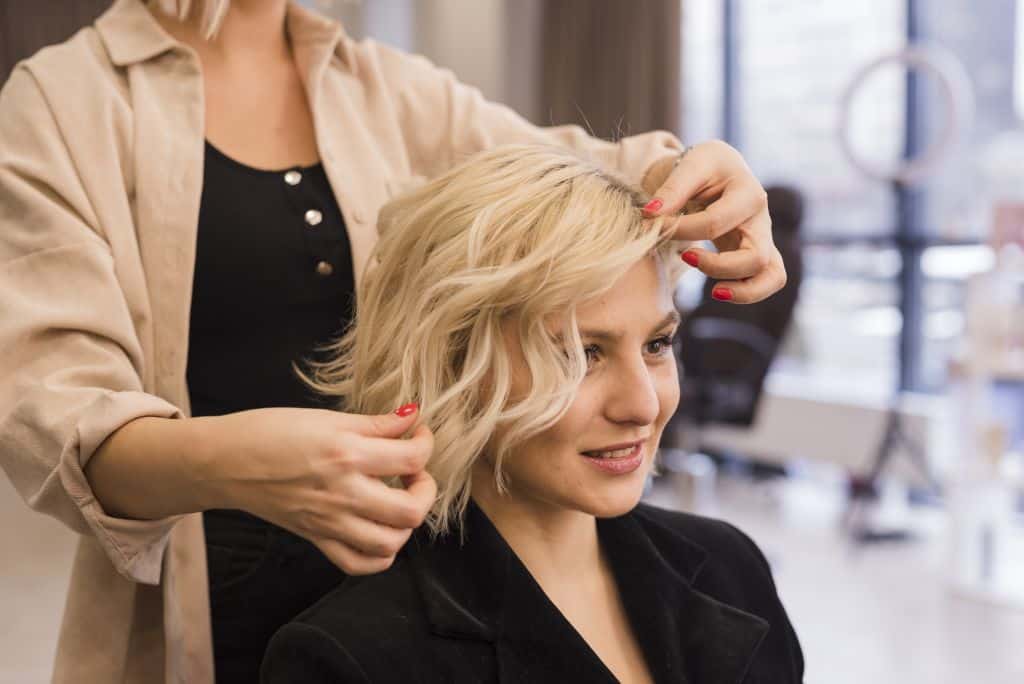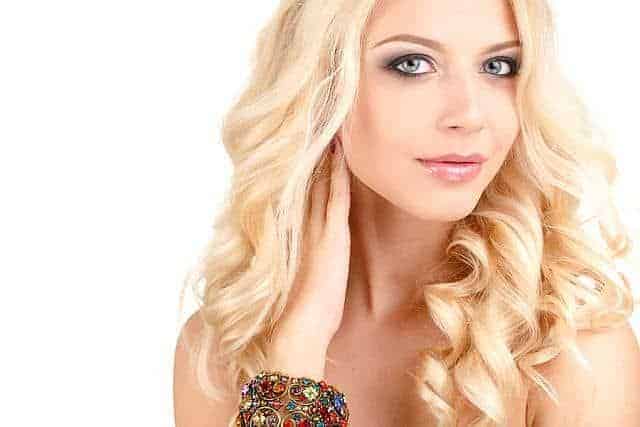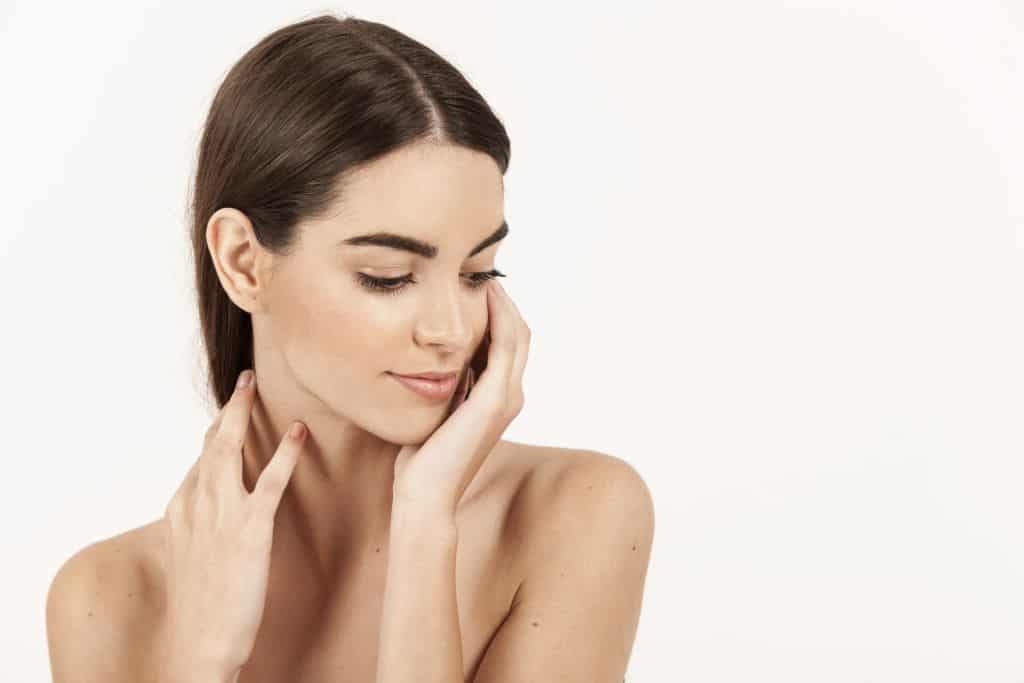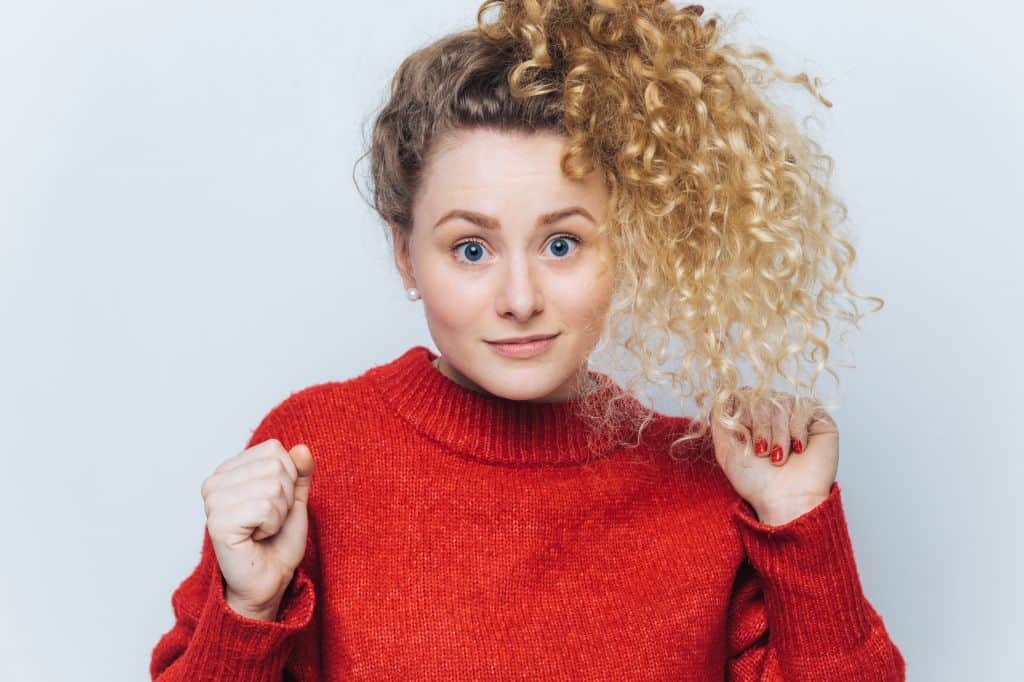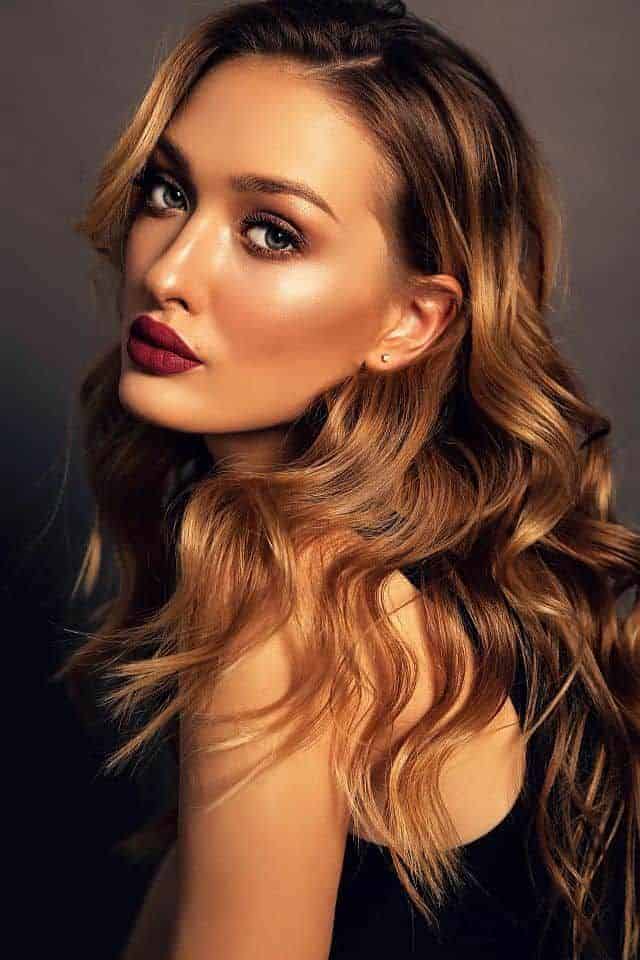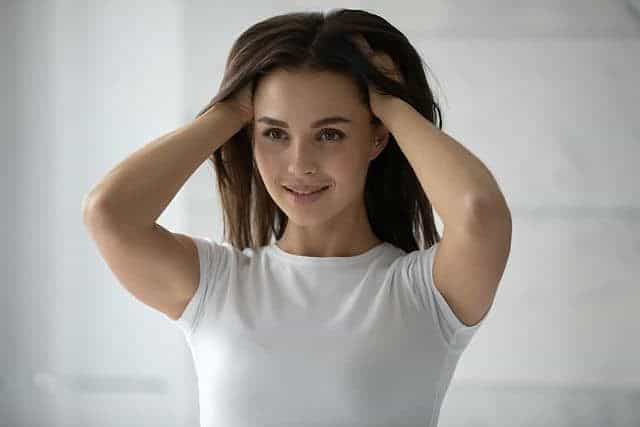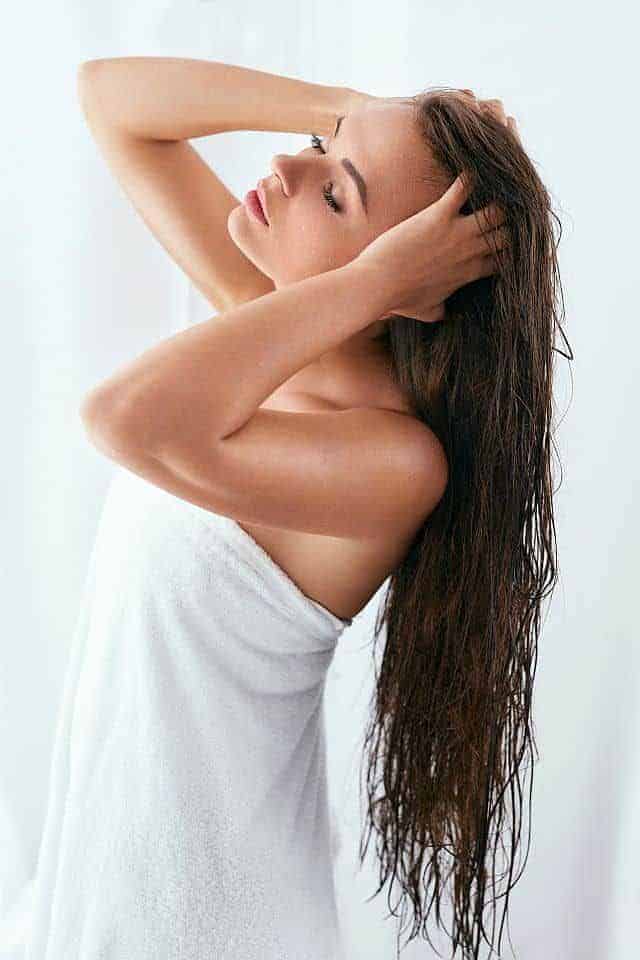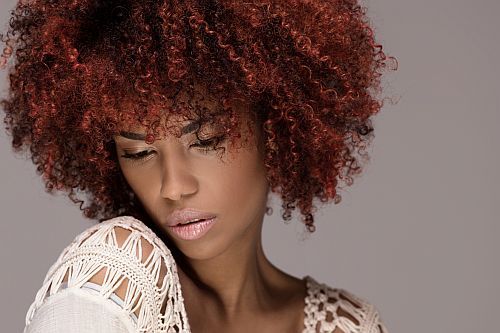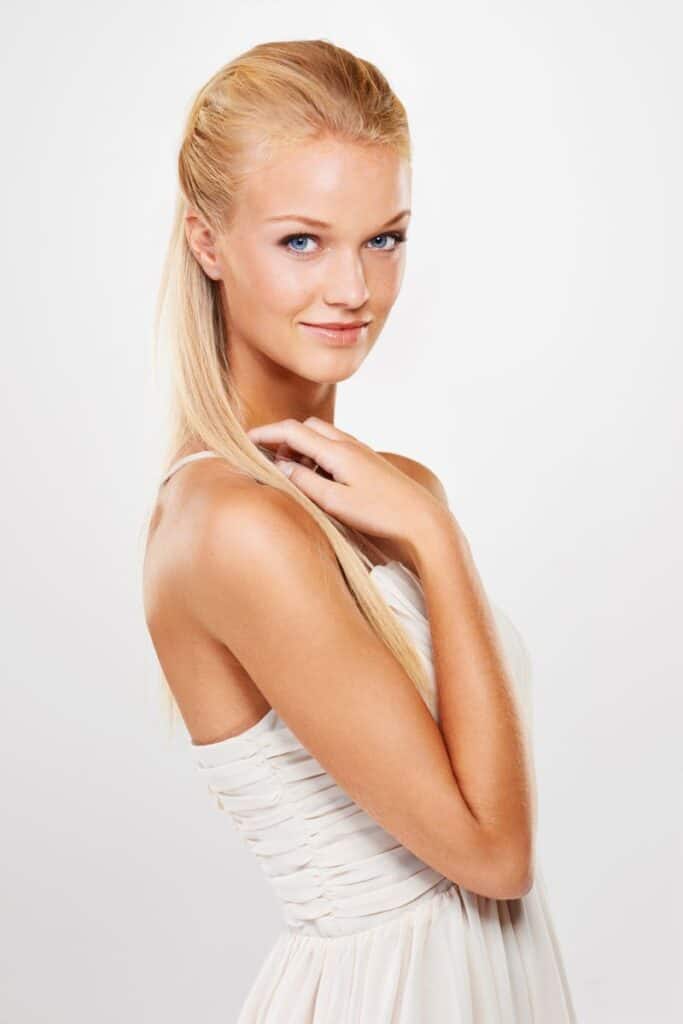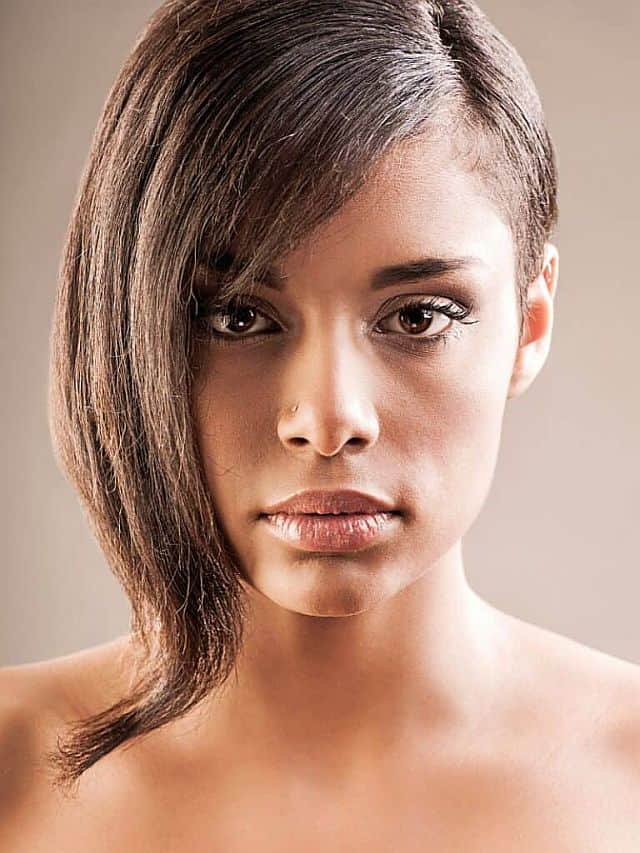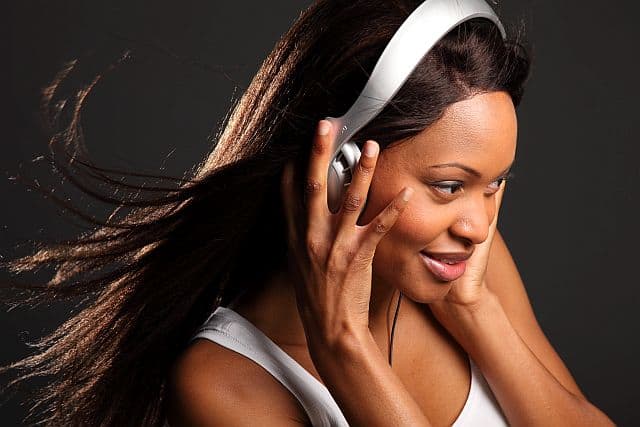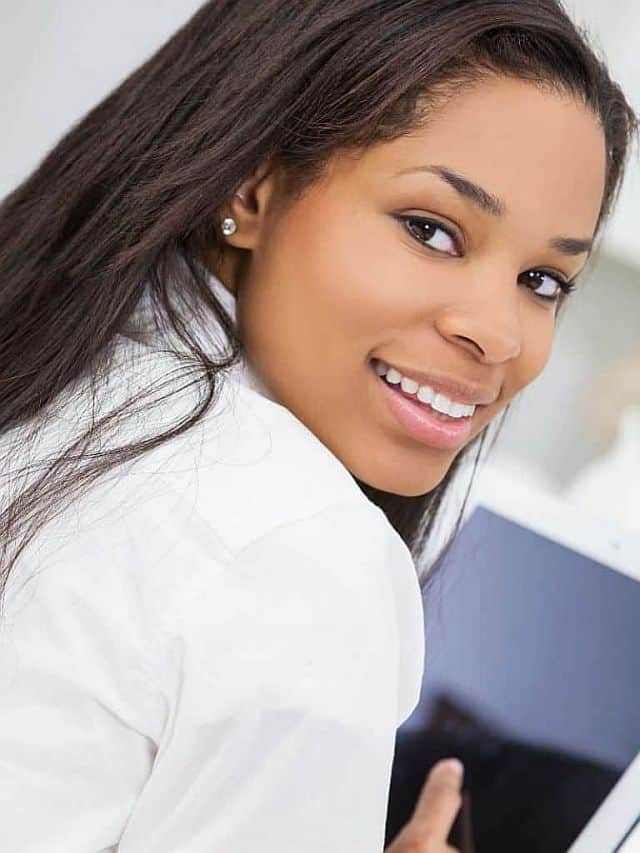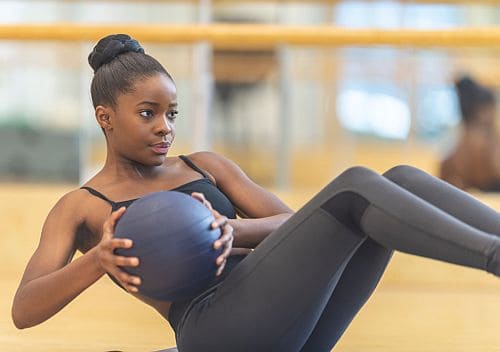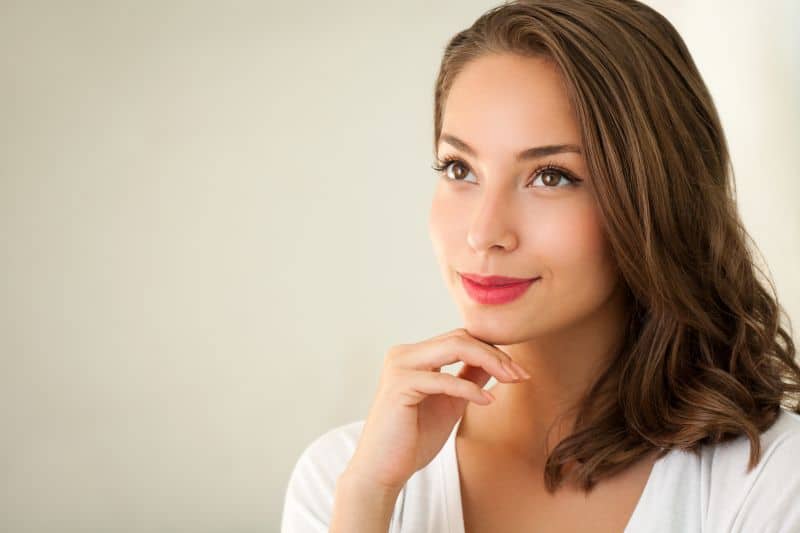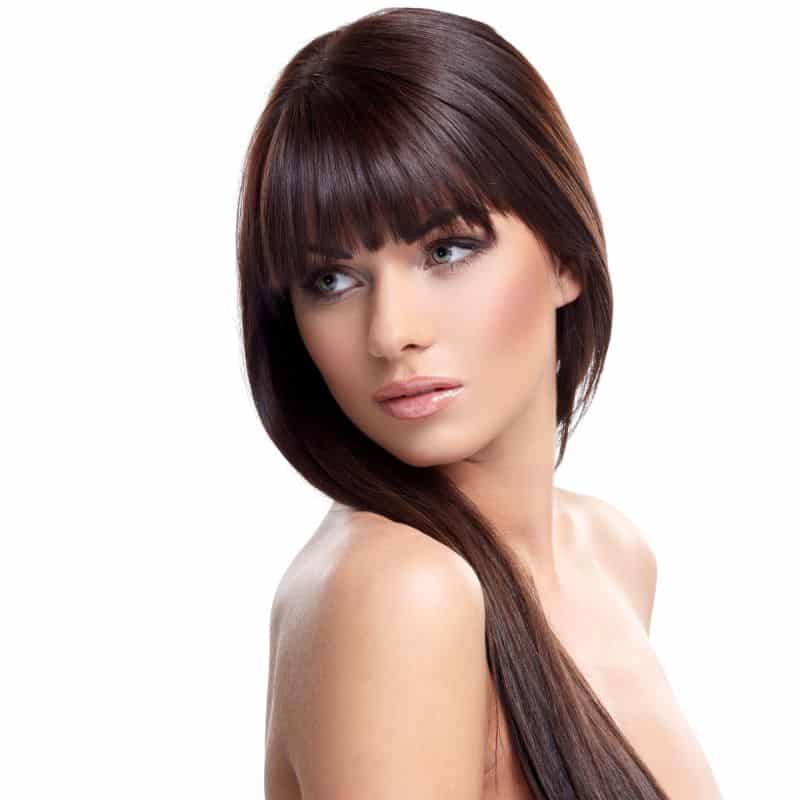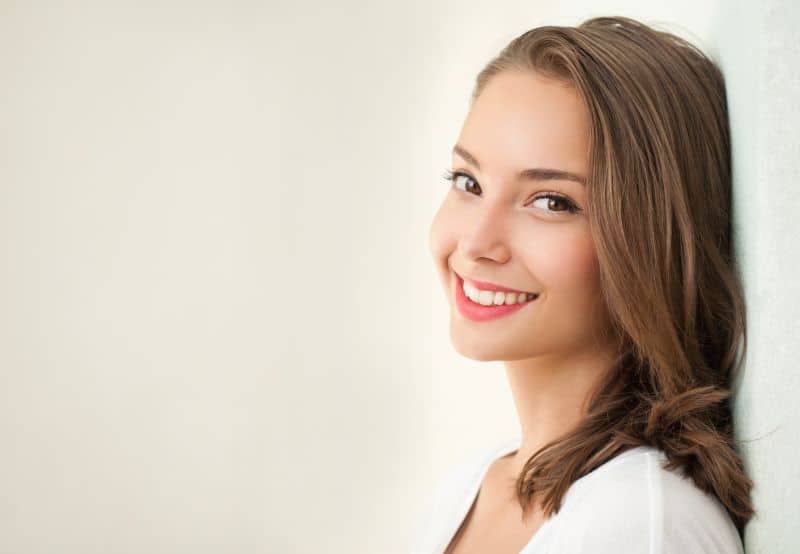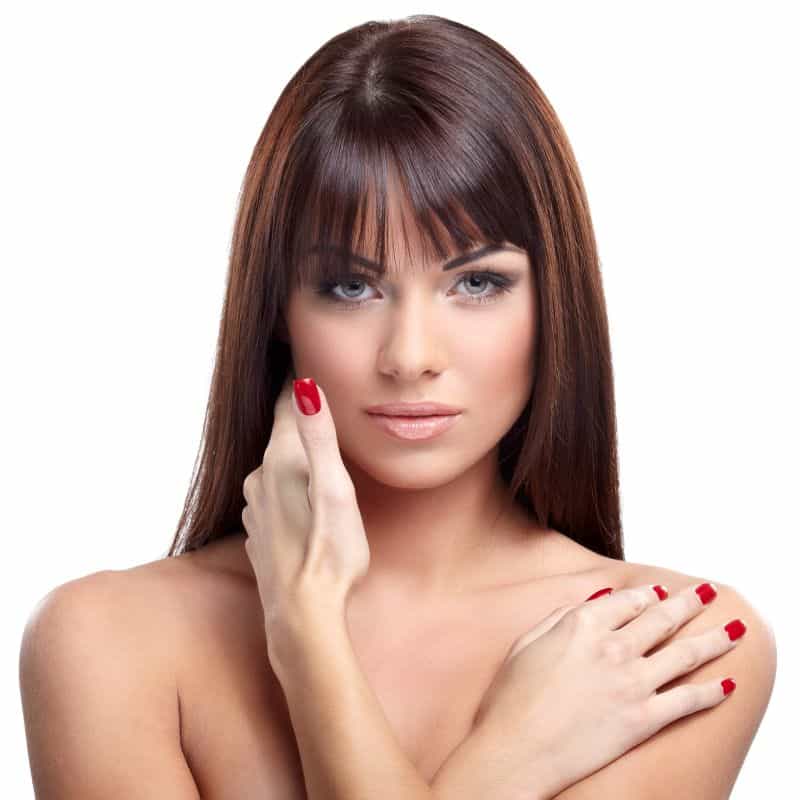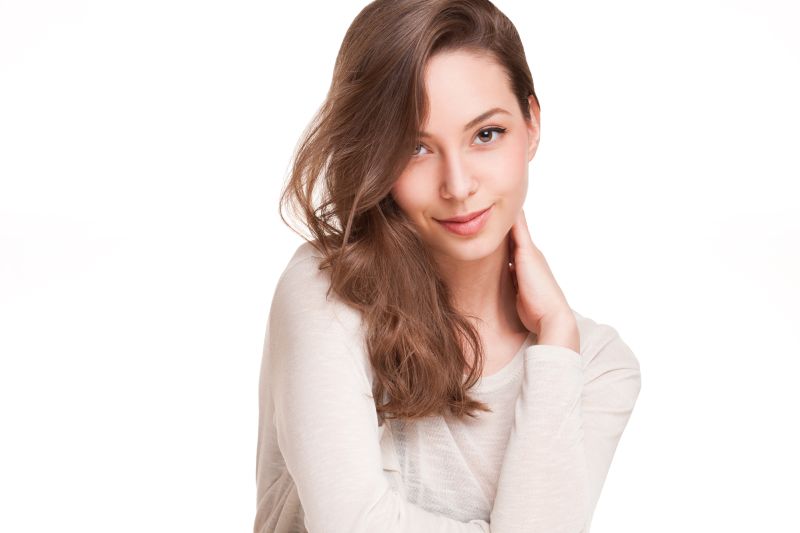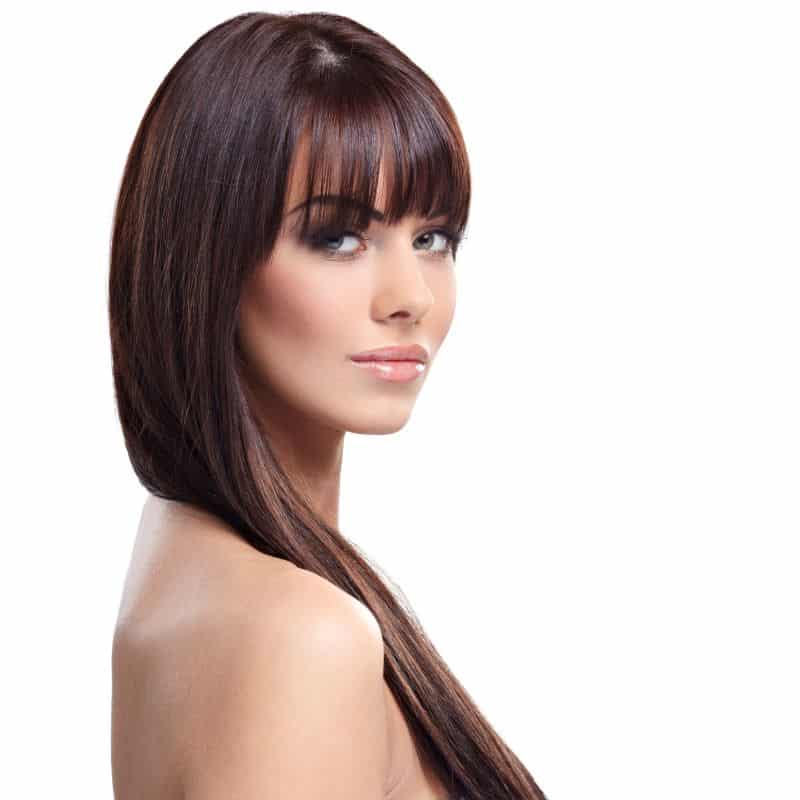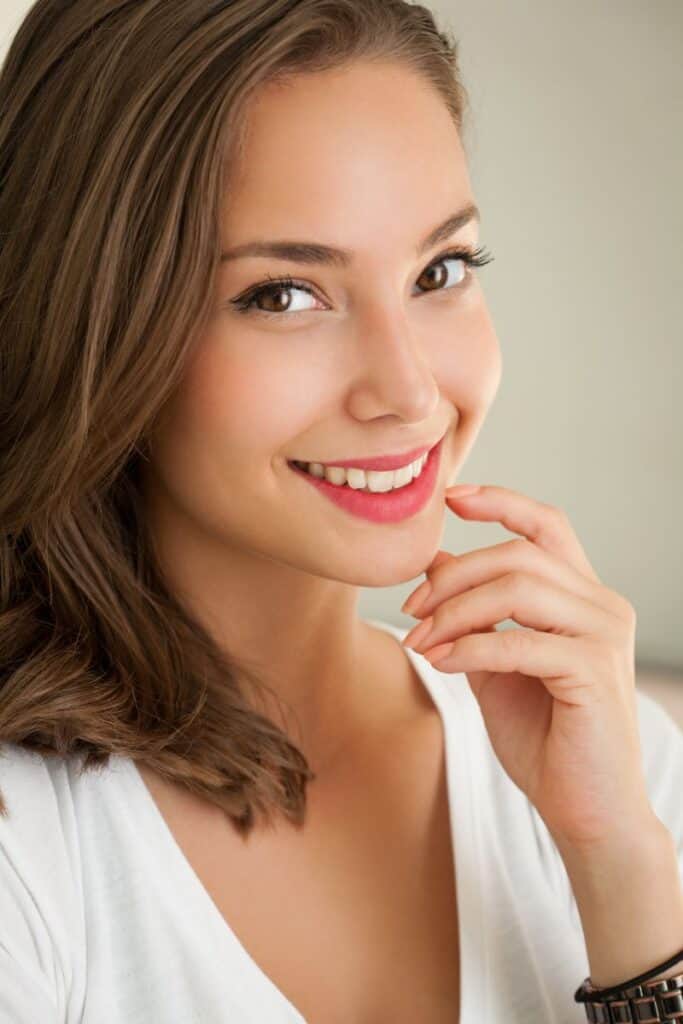Proper care for oily scalp and hair starts with the right shampoo. If you have very oily hair, look for a shampoo that meets the following requirements:
Lasting Solution: The product you pick should offer a lasting solution, not just cover up the problem. Be sure to use a shampoo formulated especially for oily hair. Look for the terms “sebum control”, “oil control”, “for oily hair“, “clarifying”, or “volumizing”.
Stay away from shampoos that are advertised as moisturizing, conditioning, or smoothing. Your hair is already oily and doesn’t need additional moisture.
Don’t choose the cheapest shampoo you can find, but you don’t have to select the most expensive one either. There are plenty of quality products that are reasonably priced. To find a lower price go online and try to find money-saving offers and discounts.

Sulfate-Free: Shampoo for greasy hair should be effective in balancing sebum levels without causing any harm to your scalp and hair. A mild, sulfate-free shampoo enriched with essential oils of tea tree, rosemary, lavender, peppermint, or lemongrass will help control sebum production and increase the time between hair washes.
Natural Ingredients: A quality shampoo for oily scalp and hair needs to be formulated with natural ingredients. Chemical-free hair shampoos are a better option for your hair and scalp and your overall health. Chemicals you should avoid include Sodium Lauryl Sulfate, Sodium Laureth Sulfate, formaldehyde, parabens, Diethanolamine (DEA), Triethanolamine (TEA), Monoethanolamine (MEA), Propylene Glycol, and synthetic fragrances.
PH Balanced: Check if the label indicates that your shampoo is “pH balanced“, as an improperly balanced shampoo can strip away the natural oils from your scalp. This will force your scalp to produce even more oils. A pH-balanced shampoo respects the balance created by nature which makes it suitable for frequent use. The pH level of human hair is between 4.5 and 5.5.
Transparency: Opt for a clear or translucent shampoo and avoid creamy and rich shampoo formulas. Opaque shampoos contain conditioning ingredients and additives that can cause product build-up thus contributing to greasy-looking hair. Also make sure to select a silicone-free shampoo, because the silicone coating around the hair shaft can make hair look flat and heavy.
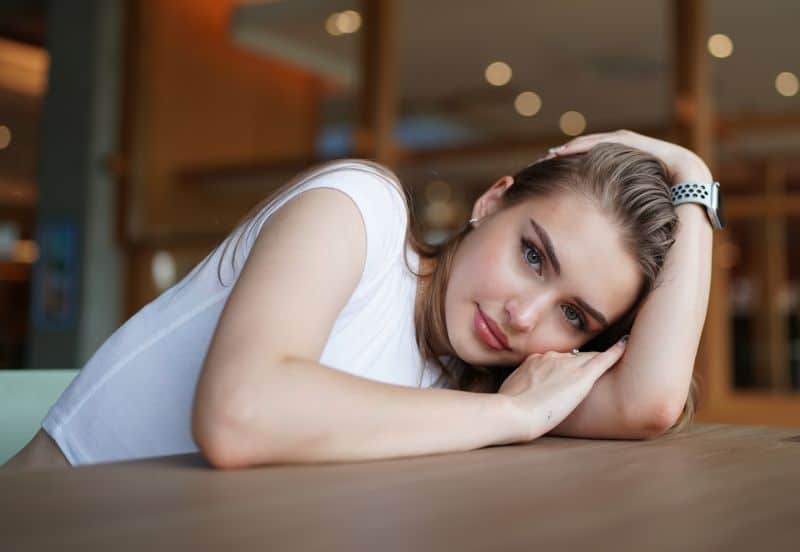
Natural Shampoos for Oily Hair
This post contains links to Amazon. The publisher may get paid if You purchase something through the links without additional costs to You.
1. Maple Holistics Degrease Shampoo for Oily Hair uses natural ingredients to offer relief to oily/itchy scalp. The product comes in a handy bottle and has a clean, refreshing scent of rosemary. It creates a rich foam while causing a mild tingling sensation on your scalp. It usually takes about 10 days to fix the imbalance in sebum production that causes greasy hair.
The formula contains 100% botanical ingredients certified by QAI & the United States Department of Agriculture for Organics Processing. These botanical ingredients include rosemary, French cypress, lemon, basil, jojoba oil, argan oil, and botanical keratin.
Make sure to follow directions and let the shampoo sit on your scalp for a few minutes before rinsing to maximize the absorption of active ingredients. To gain the maximum effects, massage the shampoo into your scalp.
2. Natural Oily Hair Shampoo for Men and Women by Honeydew is a 100% natural shampoo formulated with a blend of essential oils to balance sebum production, so you can go longer between washes. Yarrow oil helps get rid of excess oil that clings to your hair, causing it to feel greasy.
The formula is free of harsh sulfate cleansers, parabens, and sodium chloride. It is safe to use on colored and keratin-treated hair.
3. Leonor Greyl Paris Bain TS Balancing Shampoo promises to purify and cleanse the oily scalp, providing immediate results. It is suitable for individuals with oily scalps and dry ends.
Lime Tree Oil and Sage Leaf Extract help get rid of excess sebum and other follicle-clogging impurities, while conditioning ingredients prevent stripping moisture from the hair and work to repair dry ends.
4. Desert Essence Organics Hair Care Shampoo for Oily Hair is a gentle, all-natural shampoo formulated with sustainable, organic ingredients that help get the oil out of your hair.
Organic oils and Lemon Peel Extract help to remove excess sebum and buildup without stripping the natural moisture. 100 % Pure Australian Tea Tree Oil is known for its antiseptic properties and the capability to control excessive sebum production.
Dry Shampoos for Oily Hair
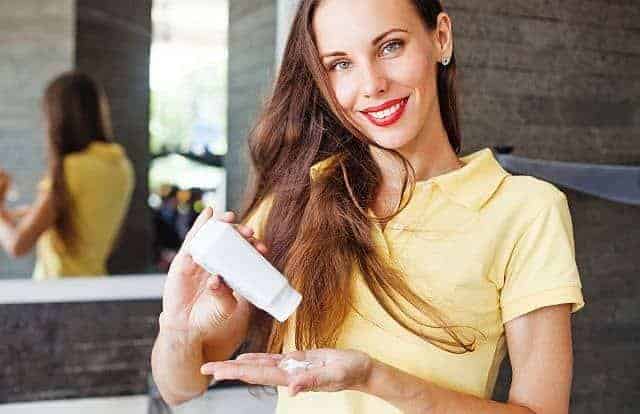
Klorane Dry Shampoo with Nettle for Oily Hair and Scalp is formulated to soak up excess sebum and refresh oily hair and scalp between washes. The extract from the Nettle is known for its ability to reduce excess oil and regulate sebum production over time. It also gives some extra volume to fine and thinning hair. This shampoo is great for mornings when you have no time to wash and blow dry your hair.
Shampoo Bars for Oily Hair
Ethique Eco-Friendly Solid Shampoo Bar for Oily Hair uses Lime, Lemon, and Orange extracts and oils to balance natural sebum production and clean your hair. It also soothes an itchy scalp, leaving it nourished and flake-free.
This bar lathers well and leaves your hair feeling clean, soft, and weightless. If you are environmentally conscious, you’ll like this shampoo bar. It is natural, vegan, and helps reduce the use of plastic bottles.
